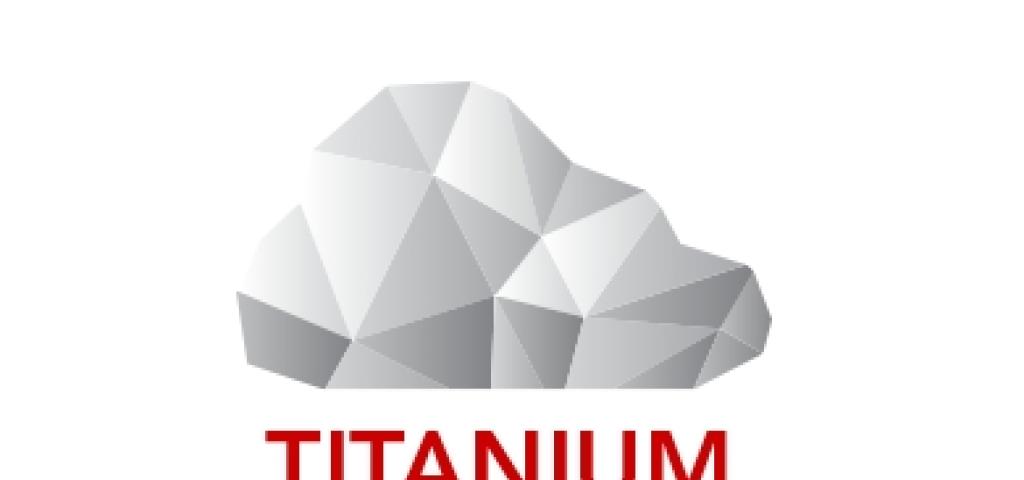
What’s in a Name? New Applications for Virtualization in Critical Infrastructure

Product naming can be challenging. Just ask Coke, who probably didn’t expect that “Coke Classic” would result in countless business school studies about how to damage a perfectly good brand. On the other hand I’ve always believed that NASA got it right with “Voyager”, which seems like the perfect name for a couple of spacecraft whose journeys will outlast the Earth itself. Maybe Boeing has the right approach: once the “707” is a success, it seems pretty low-risk to follow with “717”, “727”, “737”, “747”, “757”, “767”, “777” and “787” as you extend the product line. It’ll get a little messy after “797” but by then the current marketing team will have retired so it’s not their problem.
When we launched our Titanium Server network virtualization platform a couple of years ago, the product was focused on meeting the needs of telecom service providers introducing virtualization into their networks. At that time, it looked like the early use cases for Network Functions Virtualization (NFV) would be applications like virtual IMS, virtual EPC and virtual SBC, hosted either in telco cloud data centers, central offices or Points-of-Presence (POPs). We were pleased with the early traction that the product achieved and we continue to support our customers as they deploy Titanium Server in these applications, benefiting from the Carrier Grade infrastructure reliability, operational cost reductions and accelerated time-to-market that it delivers.
It quickly became clear that service providers were also moving aggressively to deploy network virtualization in edge use cases like Mobile Edge Computing (MEC) and virtual CPE (vCPE). In many of these applications, customers need to deploy services that achieve Carrier Grade uptime while minimizing the footprint and cost of the local hardware. So last year we introduced the Titanium Server CPE variant, which enables six-nines service uptime while requiring only two physical servers. Each server in the redundant pair runs the control node, compute node and storage node functions, with optimized processor core utilization that still leaves sufficient cores available for a typical set of Virtual Network Functions (VNFs).
As a company with a long history of delivering solutions into multiple vertical markets, we’re now finding that the virtualization technology used in Titanium Server and Titanium Server CPE can solve key problems in critical infrastructure applications beyond the telecom market. We see many industries adopting virtualization in order to accelerate the deployment of new functions while minimizing operational costs and leveraging the availability of low-cost standardized servers. So we anticipate launching additional products based on our industry-leading virtualization technology, serving these opportunities in other verticals.
As we expand the portfolio of our virtualization products for critical infrastructure clouds, we will launch them under the unified brand “Titanium Cloud,” which until now has only been applied to our partner ecosystem.

At the same time, we’ve renamed our existing two products to bring them in line with a consistent naming convention that better supports a product portfolio addressing a range of applications.
Titanium Server, which primarily targets core network applications, has been renamed Titanium Core. Similarly, Titanium Server CPE, which is optimized for small-footprint edge applications, is now Titanium Edge.
We won’t be waiting long before launching the next member of the Titanium Cloud product portfolio. Coinciding with the Embedded World conference in Nuremberg in March, we’ll be making a product announcement reflecting the introduction of our virtualization technology for a non-telecom application. So please stay tuned for that news.
The bottom line: same products, new names and more to follow soon.
If you’ll be at Mobile World Congress in Barcelona, you’ll find Titanium Core and Titanium Edge deployed in demonstrations in around a dozen of our customers’ and partners’ booths (details here). Please stop by to see these demonstrations and talk to us about how we can help you address your business challenges in network virtualization.

